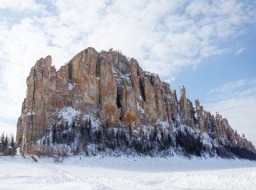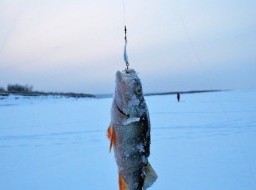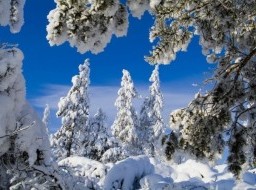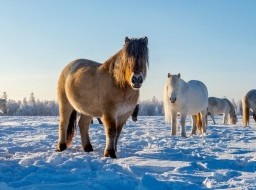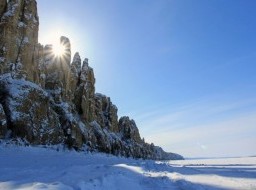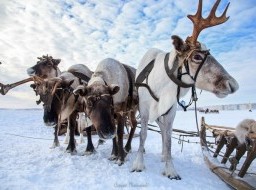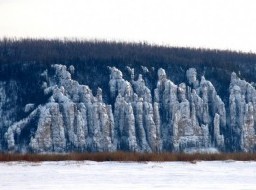Museum of kimberlites of AK "ALROSA" (Mirny)
Museum of kimberlite of AK "ALROSA" was created by the engineer-geophysicist D.I. Savrasov. The museum was organized in 1974 at the Botuobuyin geological exploration expedition. Glass showcases and displays are located on five levels with a good degree of review. A total of about 120,000 exhibits are displayed on 120 storefronts. The emergence of the Museum of kimberlites AK "ALROSA" refers to the 70-ies of the last century. It all began with a collection of kimberlites and the most interesting samples of rocks and minerals in Western Yakutia, Japanese engineering, a specialist in paleomagnetism of rocks, a stone collector, James Ilyich Savrasov. 80-90th years became a significant period in the development of the museum. As the quarries have been worked out, it has become clear that kimberlites of various blocks of the pipes being developed will be completely destroyed and can be preserved only in the museum's collection. So, with the approval of AI Botkunov, the chief geologist of the Yakutalmaz NGO, a kimberlite museum was started, the collections of which represent the entire Yakut kimberlite province. The collection contains samples of kimberlites from spent and explored blocks of the main diamond deposits, kimberlites from many weak and non-diamond-bearing tubular and vein bodies, found in different regions of Western Yakutia, are also represented. In the early 90's, as a result of the merger of the Myrninskaya and Botuobin expeditions, their museum exhibits also merged. A unified museum of kimberlites of Yakutia was created. The staff of the museum was tasked with collecting not only stone material from the mined diamonds for a visual demonstration of the structure of the Siberian diamond province. The museum was to become one of the characteristic attributes of the city of Mirny as the capital of the diamond province. At present, samples of kimberlites, kimberlite minerals and other diamond-bearing rocks developed in the territory of Yakutia and in other regions of the world and representing the main part of the exposition are presented in it. In addition to kimberlites, the museum collects samples of sedimentary and igneous rocks of Western Yakutia, as well as exotic geological exhibits that are found in our country both in mountain-folded areas and in plains. |

